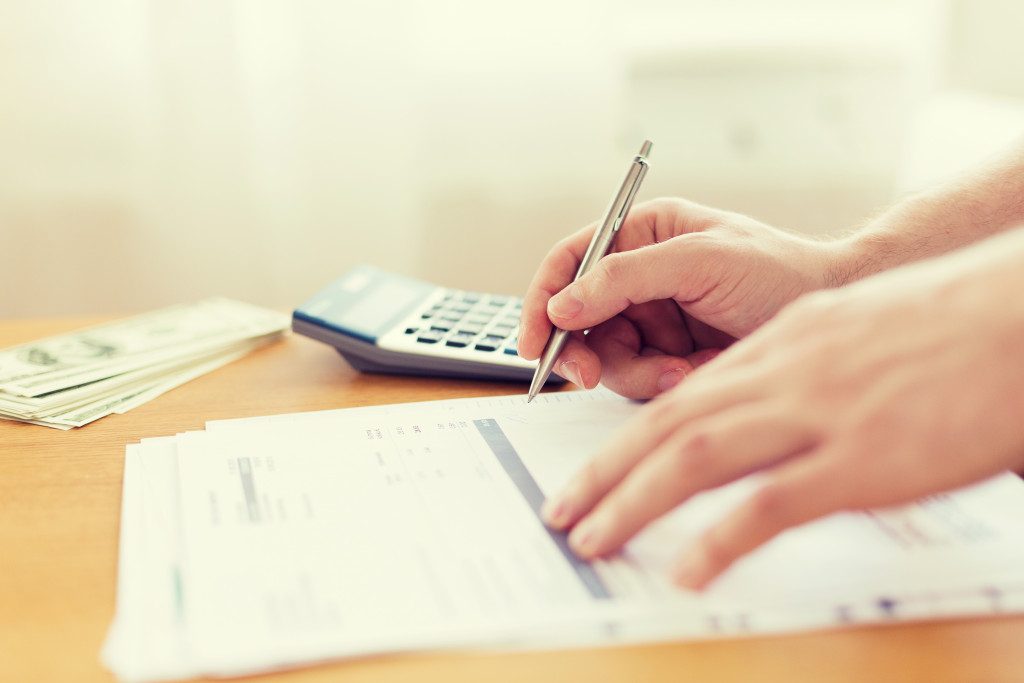Investments require a significant amount of time before they can grow. The main principle behind this is compound interest.
Compound interest is the interest earned on the original investment plus the interest made on the previous interest payments. This can be thought of as “interest on interest.”
Compounding occurs when interest is paid regularly, such as monthly or annually. The more frequently compounding occurs, the faster an investment will grow. For example, if two investments have the same annual rate of return but one compounds monthly while the other compounds annually, the investment that compounds monthly will grow faster.
So, the earlier you start, the better you can get out of any investment. But when is the right age should you invest? Before you’re thirty, of course! Here are some assets that take compound interest to new heights.
High-Yield Savings Account
Do you have a low appetite for risk? Do you want to take advantage of compound interest? Do you want an entry-level safe investment? All of these are good reasons to consider a high-yield savings account.
This kind of savings account gives more annual percentage yield (APY) than a traditional savings account. This means that you’ll earn more interest on your deposits.
The average APY for high-yield savings accounts is 0.70%, but some accounts offer rates as high as 2.00% APY. That may not seem like much, but it can add up over time, especially if you have a large balance.
For example, let’s say you have $10,000 in a high-yield savings account that pays 1.50% APY, and you don’t make any withdrawals or deposits. After one year, you’ll have earned $150 in interest. That may not seem like much, but it’s more than you would have made with a traditional savings account.
Plus, the interest is compounded daily, so you’ll earn interest on your interest. The chart below shows how your balance can grow over time:
- Year 1: $10,000 x 1.50% = $150
- Year 2: $10,150 x 1.50% = $152.25
- Year 3: $10,302.25 x 1.50% = $154.54
As you can see, even small APY changes can significantly impact your balance over time. And the longer you leave your money in the account without withdrawing, the more you can get out of it. That’s why high-yield savings accounts are the kings of compound interest. Do you want another investment option that doesn’t require your attention? Then consider index funds.

Index Funds
An index fund is a type of investment fund that aims to track the performance of a specific market index, such as the S&P 500. Index funds are often used as a low-cost and passive way to invest in the stock market.
Index funds are managed by professionals who aim to keep the fund’s expenses low. This management style is known as “passive management.” Passive management is different from “active management,” when managers try to beat the market by picking stocks.
The beauty of index funds is that they offer instant diversification. When you invest in an index fund, you buy small pieces of every company in that index. So, for example, if you invest in an S&P 500 index fund, you’re buying small pieces of every company in the S&P 500.
This diversification helps to protect you from losses if any one company underperforms. It also gives you the potential to earn higher returns than you would if you just invested in one company.
Real Estate
Here’s where the real money is, but it also has a high investment ceiling. Real estate tends to be expensive and requires at least eight years for you to make a downpayment on a property.
However, that doesn’t mean that you can’t afford to put money into real estate as early as now because there are now options for starting investors. One of those is investing in apartment properties. This investment puts money into converted apartment properties held by a property manager. The manager then handles all the day-to-day tasks, like finding and screening tenants, while you sit back and collect a profit. The bigger money you put into it, the more you can get out of it.
Art
Do you want to put your investment into another asset you can see? Why not put it into art? Art is one of the rare assets in the world that continues to increase in value over time, making it an excellent investment before your 30s.
Of course, you can’t just go out and buy any old painting and expect it to be worth millions in a few decades. Instead, you need to research and invest in quality art with a good chance of increasing value. But if you do it right, art can be a significant investment.
Investing in any of the four options we’ve outlined can help secure your financial future before reaching your 30s. But it’s important to remember that compound interest requires you to start early, so don’t wait too long to get started. The sooner you invest, the more time your money will have to grow.




